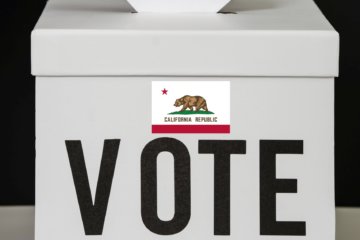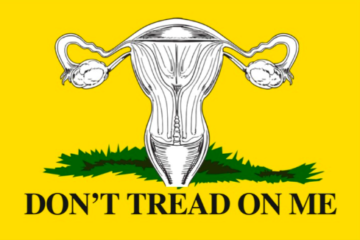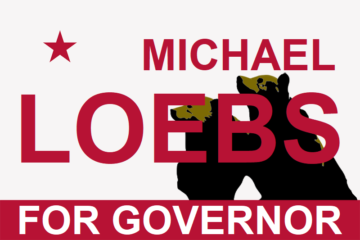Economists and business leaders are saying that as a result of advances in automation and artificial intelligence, and the growth of robotics, fewer workers will be needed as we move into the future. 25% of current jobs are at high risk of automation and another 36% are at risk of automation within the next two decades. Workers earning below $20 an hour performing boring, repetitive jobs have an 83% chance of losing their jobs to robots in the near future. While there may be some job security for highly skilled workers, as software gets smarter that is subject to change. Companies will eventually eliminate even those jobs that have been considered safe from technological displacement.
As a result of this displacement of workers and taxpayers, it’s time to develop a system that allows everyone to meet basic needs. It is time to seriously consider a Universal Basic Income, or UBI.
What is UBI?
According to Basic Income.org, Universal Basic Income has the following five characteristics:
- Periodic: it is paid at regular intervals (for example every month).
- Cash payment: it is paid in cash, allowing those who receive it to decide what they spend it on. It is not paid in kind (such as food or services) or in vouchers dedicated to a specific use.
- Individual: it is paid on an individual basis—and not, for instance, to households.
- Universal: it is paid to all, without means test.
- Unconditional: it is paid without a requirement to work or to demonstrate willingness-to-work.
UBI is not a new idea, we came close to having it in the late 1960s – it passed in the House of Representatives in 1969 before stalling in the Senate.
UBI may be the only viable way of reconciling the two problems of poverty and income inequality. UBI is not only part of the official platform of the California National Party, it is also included in the platform of the California Democratic Party.
Has this been tried before?
Some examples of places where UBI has been tested:
California – There are plans for a 5-year study in Oakland with up to 100 residents. Another program is being conducted in Stockton. Both of these programs are still too early in their trials to show results.
Kenya and Uganda – The charitable organization, GiveDirectly has been researching the effects of UBI since 2008. Even after the original successful trial ended the program has been continued.
India – This study began in 2010, involving 20 villages. The results have been very encouraging! Economic activity has increased, villagers are healthier and children’s performance in school improves. Extra income tends to go towards other needs, and the only people to actually reduce their work were children as the increase in family income allowed them to stay in school.
Alaska – Has a Permanent Fund payment originating in the 1970’s. Currently it pays $2000 per person/year. It hasn’t resulted in a decrease in overall work hours, but rather a 17% increase in part time work.
Other UBI studies are in various stages in France, Scotland, Italy, and the Netherlands.
Costs of current system vs UBI
According to the Congressional Budget Office, in California alone, our current federal and state social welfare and unemployment insurance programs are costing us nearly $100 billion per year. The administration of CalFresh, Section 8, welfare, WIC, Medicaid, and many other anti-poverty programs requires a tremendous bureaucracy and absorbs a large percentage of the tax dollars that should be delivered to those in need. Despite this, poverty is still rampant and frequently an increase in earnings results in a decrease in benefits, sending families into a “poverty trap”.
When considering UBI, one of the first questions that comes up is “how do we pay for it?” Fortunately, there are a number of different ways to address this.
- UBI would replace many of the cost-heavy programs that are currently in effect. It would be less expensive to run considering it wouldn’t require the administration costs of these programs. It has also been shown to lower costs of healthcare and other ramifications of poverty.
- A Value-Added Tax (VAT) is a tax on the production of goods or services a business produces. It is a fair tax and it makes it much harder for large corporations to avoid paying their fair share. A VAT is nothing new. 160 out of 193 countries in the world already have a Value-Added Tax or something similar, including all of Europe which has an average VAT of 20 percent.
For many people in our state, UBI would be a cost-effective way to lift residents out of poverty and dependency on social services. Because UBI consumes less time and resources than our current system. Combined with programs such as Medicare-for-all and free higher education, we could create a system that truly does work for everyone, brings out the best in our communities, and bridges the gap of income inequality.
The time has come for us to step into the future!








